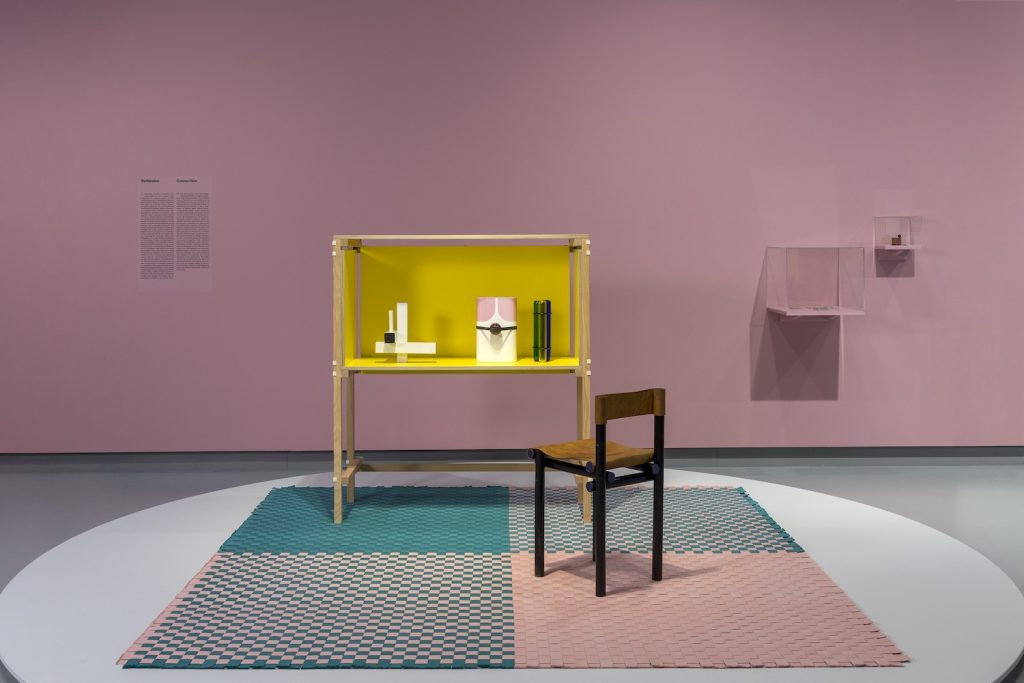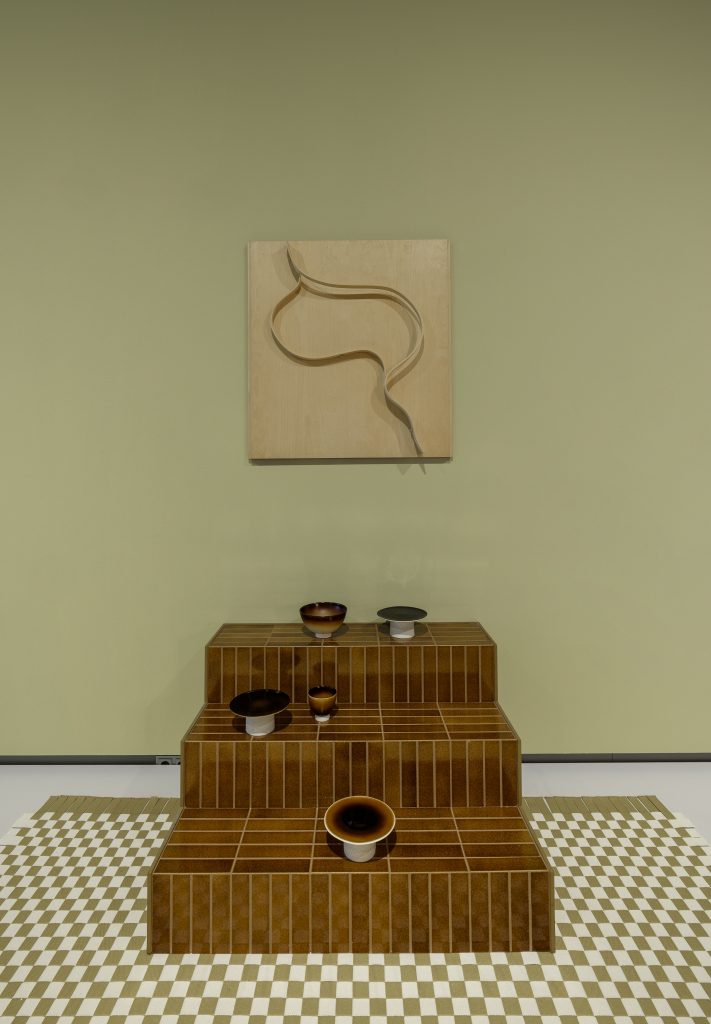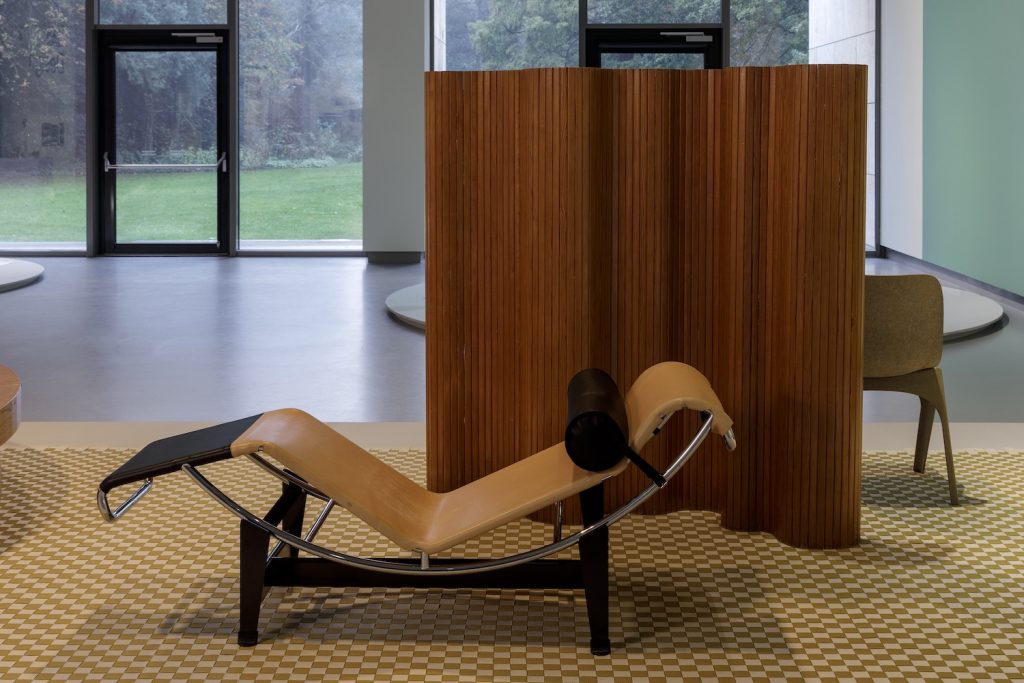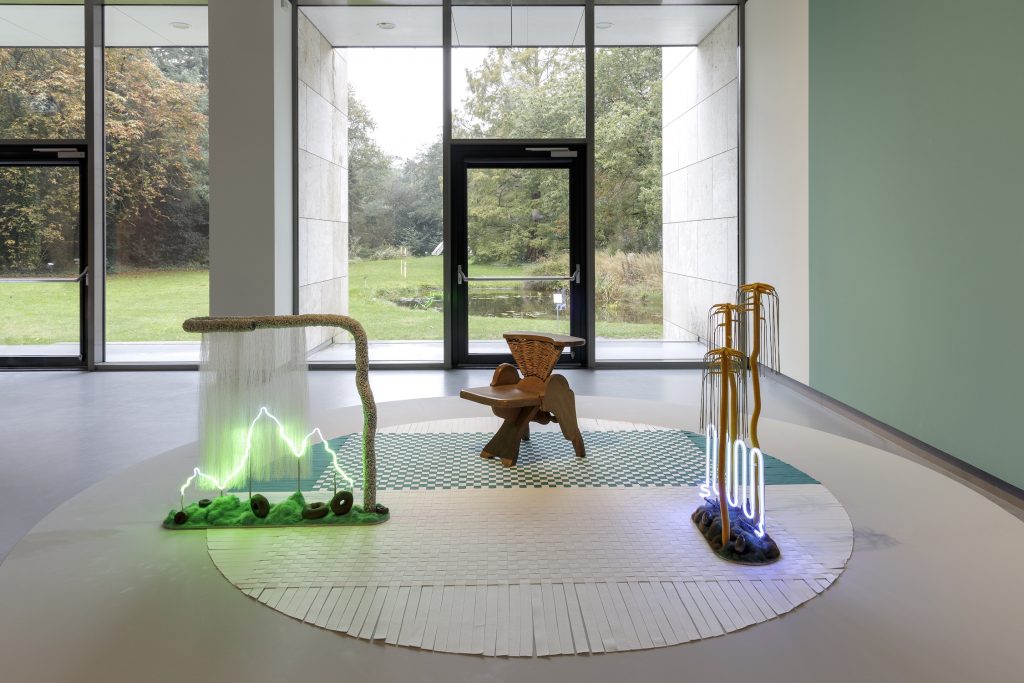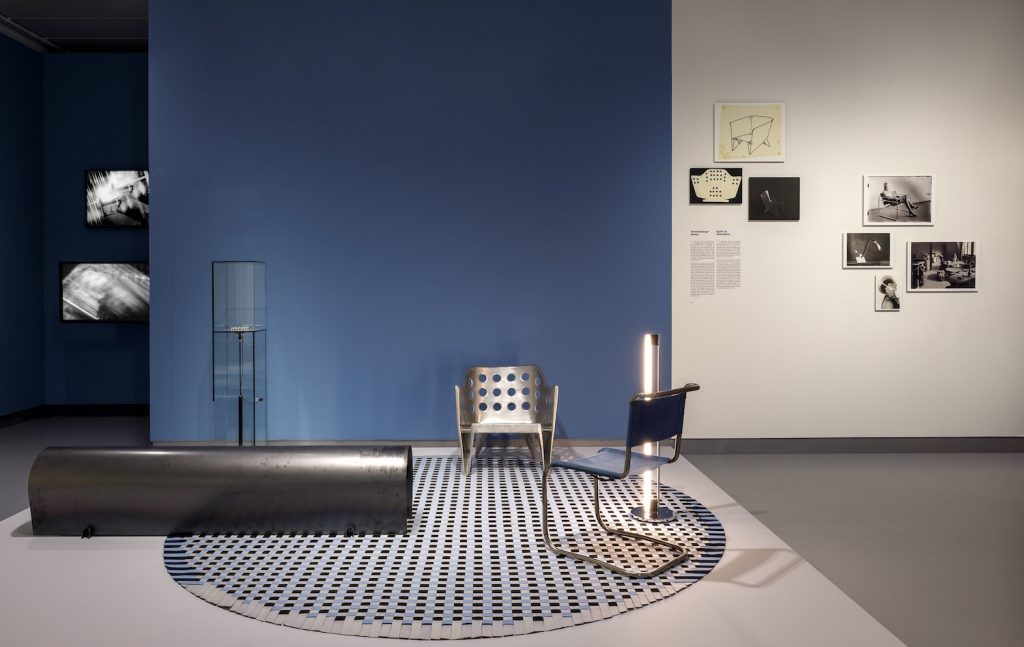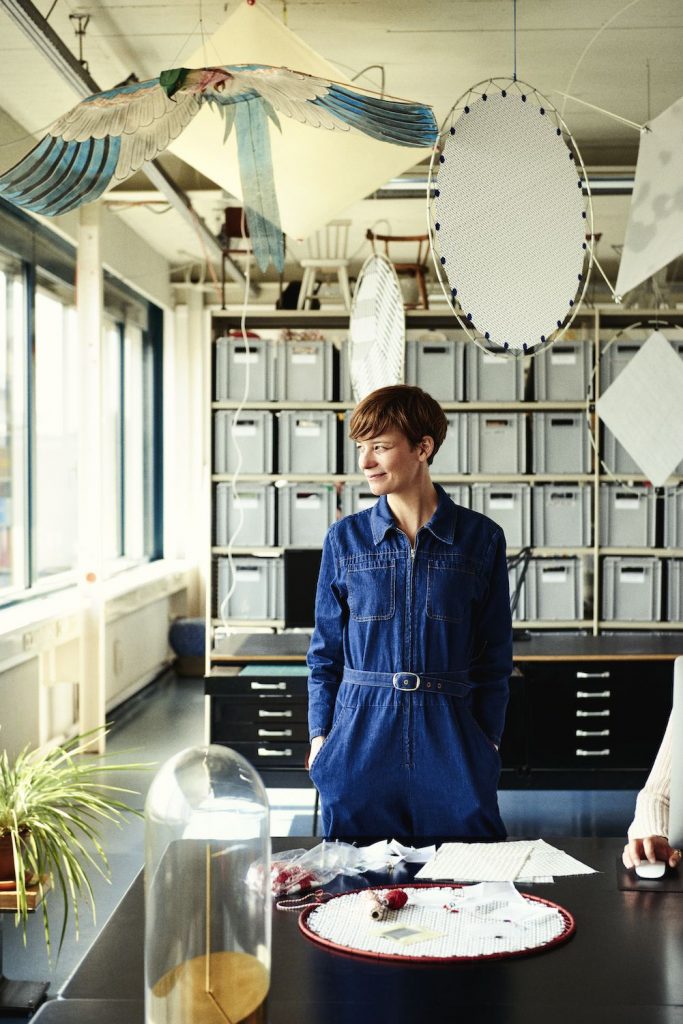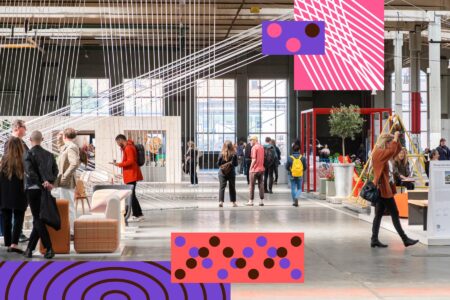The Roaring Twenties
Studio Wieki Somers (Wieki Somers and Dylan van den Berg) were invited to curate the design section of The Roaring Twenties, an exhibition which explores parallel themes between the 1920s and 2020s in Design, Art and Fashion.
Over the past couple of years, there has been chatter about the similarities between the 1920s and 2020s – a global pandemic, financial crises, and also this desire, particularly post-lockdown – to party, Gatsby style, free of concern about the current challenges (this one perhaps more fantasy than reality).
The Roaring Twenties, on view at the Kranenburgh Museum, The Netherlands, looks at the 1920s as a time that brought exciting changes and innovative developments, and questions whether the artists and designers of the early 2020s, will also be remembered for similar ideals. While it’s too soon to truly tell, it is an interesting proposition to explore visually through art, design and fashion, and as the exhibition puts forward, we are undeniably seeing a world experiencing rapid change through technology, social engagement and gender, much like they did in the 1920s. The climate emergency and radical politics could be added to that list as well. In addition to Studio Wieki Somers, Colin Huizing was invited to curate the art section, Liesbeth in’t Hout, for fashion.
For the design section of the exhibition, Rotterdam-based Studio Wieki Somers, who have been working together for over 20-years creating functional and collectible design, produced five rugs, a reference to the impact of the Bauhaus textiles of the 1920s, onto which they would present their curatorial themes: Spirit of Innovation, Empowered Nature, Women’s Emancipation, Social Impact, Radical Shapes and Utopia. “As designers, we produced the rugs for the exhibition: spaces within a space. Each rug is layered with encounters between masters and contemporary designers in conversation and introducing the themes of the exhibitions. Often, the objects complement each other, sometimes there is a little friction, and that makes those encounters special. As curators we used our own pieces at the service of the overall storytelling. I hope our rugs are able to be as visually strong as silent carriers of the overall story. We are literally and metaphorically at service of the exhibition,” says Wieki Somers.
In the exhibition we see modernist design icons, such as Alvar Aalto’s laminated wood pieces paired with Christien Meinderstsma’s biodegradable chair; Oskar Schlemmer’s experimental Triadic Ballet paired with Wang & Söderström’s imaginative digital-inspired universe. Other designers featured include Anni Albers, Formafantasma, Eileen Gray, Isamu Noguchi, Bertjan Potand, Studio Swine, among many more.
It was important for Studio Wieki Somers to do this project because, “the1920s have always fascinated us, so much had happened and especially in the field of design. The drive for innovation was palpable. Then you recognize some similarities between the two periods and you ask yourself questions. Do arts thrive during difficult times? What will the designers of today be remembered for? It’s difficult to predict a world post pandemic but if you look at history you recognize patterns and speculate about the future. We are living in such an interesting time.”
The exhibition opened on October 17, 2021 and will be on view through April 3, 2022.
@museumkranenburgh
@studiowiekisomers
